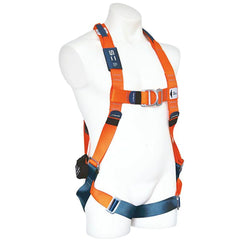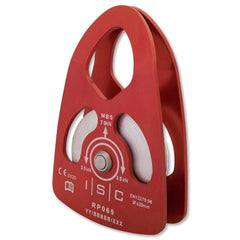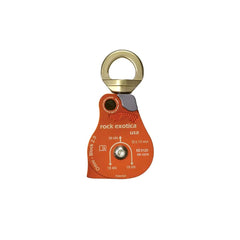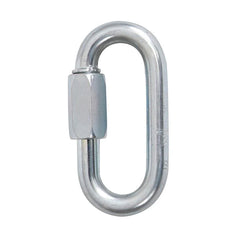Rope access work is a high-risk job that requires specialised skills and equipment. Rope access technicians often work in challenging environments, such as high altitude or confined spaces, and must rely on their equipment to keep them safe and secure.
Let's look at some of our favorite tools for rope access work and discuss why they are essential for keeping technicians safe and productive.
Harnesses
A harness is the most critical piece of equipment for rope access work. It is designed to distribute the technician's weight evenly and provide a secure connection point to the rope system. Harnesses are available in various designs, including full-body harnesses, chest harnesses, and seat harnesses. A well-fitted harness should be comfortable and allow for a full range of movement while providing the necessary support and protection.



Ropes
Ropes are the backbone of any rope access system. They must be strong, durable, and able to handle the weight of the technician and their equipment. Static ropes are the most commonly used for rope access work, as they offer minimal stretch and are less likely to fail under heavy loads. Dynamic ropes are also used in some situations, such as rescue operations, as they have greater elasticity and can absorb impact forces.



Ascenders and Descenders
Ascenders and descenders are mechanical devices that allow technicians to climb up and down ropes with ease. Ascenders are used to move up the rope, while descenders are used to lower the technician down. These devices are often designed to be self-locking, which means they will automatically engage if the technician releases their grip on the device. This feature provides an added level of safety and security.



Pulleys
Pulleys are used to redirect the rope's path and reduce friction, making it easier for technicians to move heavy loads or themselves across the rope. They are available in various sizes and designs, including single, double, and triple pulleys. Some pulleys also have built-in locking mechanisms to prevent the rope from accidentally slipping out.



Helmets
Helmets provide essential protection for technicians working in high-risk environments. They are designed to protect the head from impact and falling debris. Helmets for rope access work should also have a chin strap to keep the helmet securely in place during use.
Safety Lanyards
Safety lanyards are used to provide a backup connection to the rope system in case the primary connection fails. They are typically attached to the harness and have a locking carabiner at each end. Safety lanyards are a vital safety feature that can prevent accidents and save lives.



Carabiners
Carabiners are used to connect various components of the rope access system, such as the harness, rope, and safety lanyards. They are available in various shapes, sizes, and designs, including locking and non-locking carabiners. Locking carabiners provide an added layer of safety by preventing accidental disconnection.







